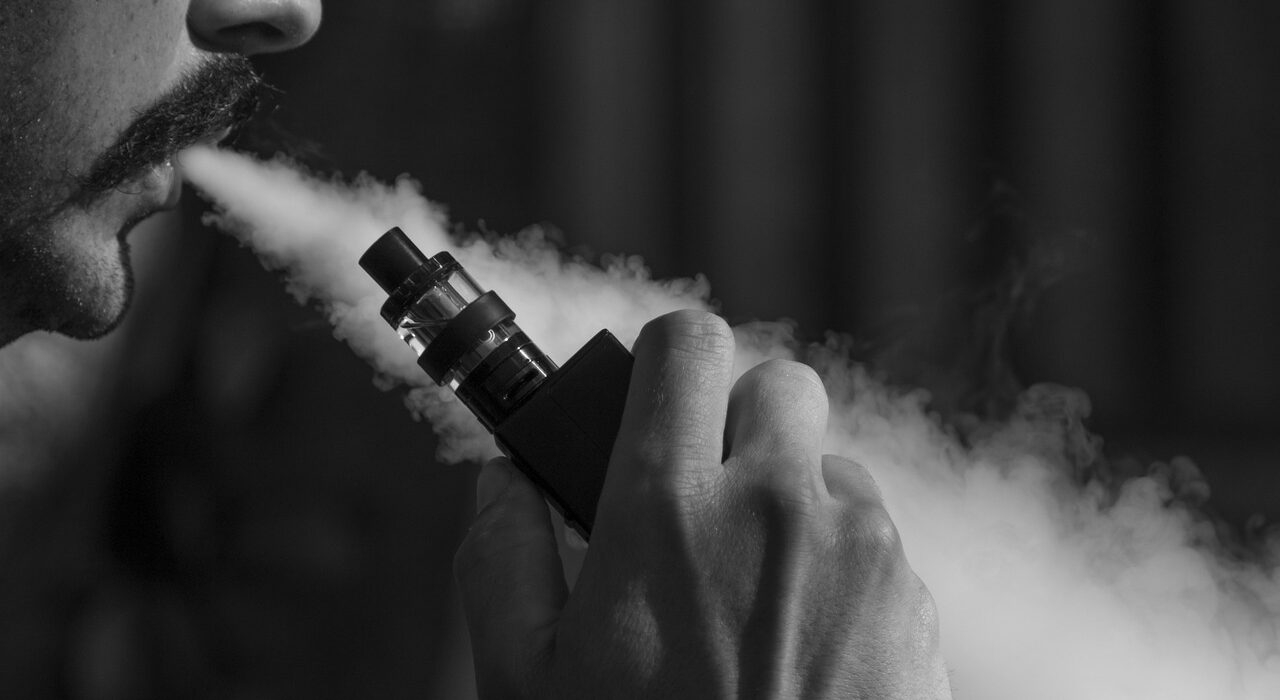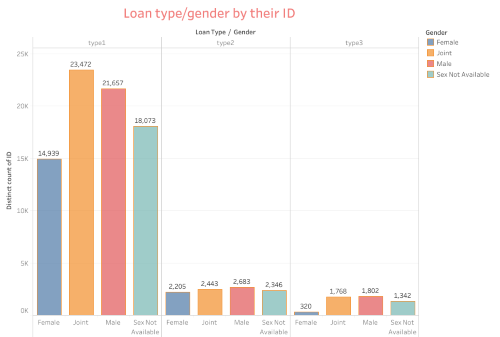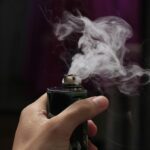How Long Will It Take for Your Lung to Recover from Vaping?

Amidst the glamor of fruity flavors and sleek devices, the question arises: how long will it take for your lung to recover from vaping? It takes between 2 weeks to 3 months after quitting smoking and after the first 12 months of quitting smoking, symptoms such as cough and breathing problems should improve as the lung structure heals.
In today’s digital age, vaping has become increasingly prevalent among individuals of all ages, with the popularity of e-cigarettes soaring in recent years.
Understanding the Impact of Vaping on Lung Health
Vaping, the act of inhaling and exhaling the vapor produced by an electronic cigarette or similar device, has sparked numerous debates regarding its safety and long-term effects on health. While touted by some as a safer alternative to traditional smoking, mounting evidence suggests that vaping poses significant risks to lung health, hence, the question of how long will it take for lungs to recover from vaping.?
How Vaping Affects Your Lungs
Delving into the intricate mechanisms of vaping, it becomes apparent that the inhalation of harmful chemicals is a primary concern. E-liquids used in vaping devices contain a cocktail of substances, including nicotine, propylene glycol, and various flavorings, each of which may exert detrimental effects on lung tissue.
Inhalation of Harmful Chemicals: Breaking Down the Ingredients
Nicotine, a highly addictive stimulant found in most vaping products, constricts blood vessels and increases heart rate, placing undue stress on the cardiovascular system. Propylene glycol, a common additive in e-liquids, can cause respiratory irritation and inflammation when aerosolized, further compromising lung function.
Impact on Lung Function: Immediate Effects
Upon inhalation, the vapor produced by e-cigarettes deposits microscopic particles deep within the lungs, triggering an inflammatory response and impairing the body’s ability to clear mucus and debris. This disruption in normal lung function can lead to symptoms such as coughing, wheezing, and shortness of breath, even in individuals with no prior history of respiratory issues.
Long-Term Consequences: The Chronic Conditions
Beyond the acute effects observed in the aftermath of vaping, there exists a growing body of research implicating e-cigarette use in the development of chronic respiratory conditions. Chief among these is Chronic Obstructive Pulmonary Disease (COPD), a progressive lung disorder characterized by airflow limitation and irreversible tissue damage.
Chronic Obstructive Pulmonary Disease (COPD)
Studies have shown that long-term vaping significantly increases the risk of developing Chronic Obstructive Pulmonary Disease COPD, with chronic exposure to aerosolized toxins exacerbating airway inflammation and promoting the destruction of alveolar tissue. In addition to COPD, vaping has been linked to an elevated incidence of respiratory infections, including pneumonia and bronchitis.
Increased Risk of Respiratory Infections
The moist, warm environment created by vaping provides an ideal breeding ground for bacteria and viruses, predisposing users to recurrent respiratory infections. Furthermore, the impaired mucociliary clearance resulting from vaping diminishes the lungs’ ability to expel pathogens, further exacerbating the risk of infection.
Potential for Lung Cancer: Examining the Research
While the carcinogenic potential of vaping remains a topic of ongoing investigation, preliminary studies suggest a concerning association between e-cigarette use and lung cancer risk. Inhalation of carcinogenic compounds present in e-liquids, such as formaldehyde and acrolein, may contribute to the initiation and progression of malignant tumors within the respiratory tract.
The Journey to Recovery
Amidst mounting concerns regarding the adverse effects of vaping on lung health and lungs to recover from vaping, many individuals find themselves contemplating a path to recovery and restoration. Fortunately, quitting vaping marks the first crucial step towards reclaiming respiratory wellness and embarking on a journey toward lung recovery.
Initial Steps: Quitting Vaping and Its Immediate Benefits
Upon ceasing vaping, the body undergoes a series of rapid physiological changes for the lungs to recover from vaping, heralding the onset of improved lung function and overall well-being. Within hours of quitting, respiratory symptoms such as coughing and wheezing begin to subside, as the airways gradually clear of accumulated mucus and debris.
Benefits of Vaping Cessation: Rapid Improvement in Lung Function
Research has shown that individuals who quit vaping experience a notable improvement in lung function within weeks of lung to recover from vaping, with lung capacity and oxygenation levels returning to baseline. This enhanced respiratory efficiency translates into tangible benefits, such as increased energy levels and reduced breathlessness during physical exertion.
Clearing the Air: Reducing Inflammation and Irritation
As the body detoxifies from the harmful substances present in e-cigarettes, systemic inflammation decreases, alleviating strain on the lungs and cardiovascular system. The cessation of vaping also promotes the repair and regeneration of damaged lung tissue, fostering a conducive environment for respiratory healing to occur.
Short-Term Recovery: What to Expect in the First Weeks
In the immediate aftermath of quitting vaping and the lungs to recover from vaping, individuals may notice a marked improvement in their breathing capacity and overall respiratory comfort. This short-term recovery phase is characterized by the gradual resolution of acute symptoms, paving the way for a smoother transition toward sustained lung health.
Improved Breathing: Easing Shortness of Breath
One of the most notable benefits of quitting vaping is the alleviation of shortness of breath, a common complaint among e-cigarette users. As lung function improves and airway inflammation subsides, individuals report a newfound sense of ease and comfort with each breath, reflecting the restorative effects of vaping cessation on respiratory function.
Enhanced Sense of Taste and Smell: Rediscovering Senses
In addition to improvements in lung function, quitting vaping often coincides with a resurgence of olfactory and gustatory sensations, as the delicate sensory receptors lining the nasal passages and taste buds regain sensitivity. This enhanced perception of taste and smell can enhance the overall enjoyment of food and beverages, further motivating individuals to maintain their vape-free lifestyle.
Medium-Term Recovery: Progressing Towards Healthier Lungs
As weeks turn into months, the benefits of quitting vaping continue to accrue, ushering in a phase of sustained lung recovery and revitalization. During this medium-term recovery period, individuals may notice further improvements in respiratory function and a reduction in lingering symptoms associated with e-cigarette use.
Reduction in Coughing: Restoring Ciliary Function
One of the hallmark symptoms of vaping-related lung injury is persistent coughing, often accompanied by the production of phlegm and respiratory discomfort. However, with sustained abstinence from vaping, the lungs’ natural defense mechanisms begin to rebound, as cilia—tiny hair-like structures lining the airways—gradually regain their motility and efficacy in clearing mucus and debris.
Regeneration of Lung Tissue: Healing Damaged Cells
Underlying the process of lung recovery is the remarkable capacity of the body to repair and regenerate damaged tissue, a phenomenon known as tissue remodeling. With vaping cessation, the inflammatory milieu within the lungs subsides, allowing for the proliferation of healthy cells and the restoration of normal lung architecture.
Long-Term Recovery: Sustaining Lung Health Over Time
While the short and medium-term benefits of quitting vaping are undeniably encouraging, the ultimate goal of lungs to recover from vaping lies in achieving sustained and long-lasting improvements in respiratory function. By adopting a holistic approach to lung health and addressing factors that may impede recovery, individuals can optimize their chances of enjoying a vape-free future with healthy lungs.
Lowering the Risk of Chronic Conditions: Mitigating Future Complications
By quitting vaping and reducing exposure to airborne toxins, individuals can significantly lower their risk of developing chronic respiratory conditions such as COPD and lung cancer. Furthermore, by addressing modifiable risk factors such as tobacco use and environmental exposures, individuals can take proactive steps towards safeguarding their lung health for years to come.
Building Lung Resilience: Strengthening Against External Stressors
In addition to mitigating the risk of chronic disease, quitting vaping enhances the body’s resilience to external stressors and promotes overall lung vitality. By embracing a lifestyle characterized by regular exercise, balanced nutrition, and avoidance of respiratory irritants, individuals can fortify their lungs against future insults and enjoy a higher quality of life.
Factors Influencing Recovery
While the decision to quit vaping represents a pivotal moment in the journey toward lung recovery, numerous factors may influence the trajectory and outcomes of this process. From personal health considerations to environmental influences, understanding the myriad factors at play can empower individuals to make informed choices and optimize their recovery experience.
Personal Health Factors: Understanding Individual Variations
No two individuals are alike when it comes to lung health, and factors such as age, gender, and genetic predispositions can exert a profound influence on recovery outcomes. By acknowledging these individual variations and tailoring recovery strategies accordingly, healthcare providers can optimize the effectiveness of interventions and support individuals in achieving their lung health goals.
Age, Gender, and Genetic Predispositions: Impact on Recovery Timeline
Age, gender, and genetic factors play a significant role in determining an individual’s susceptibility to vaping-related lung injury and their capacity for recovery. While younger individuals may experience more rapid improvements in lung function following vaping cessation, older adults and those with underlying health conditions may require additional support and monitoring to achieve optimal outcomes.
Pre-existing Health Conditions: Managing Comorbidities
For individuals with pre-existing health conditions such as asthma or chronic bronchitis, quitting vaping represents a critical component of disease management and prevention of disease progression. By addressing underlying health issues and implementing tailored treatment plans, healthcare providers can help individuals navigate the complexities of lung recovery and improve overall respiratory function.
Lifestyle Choices: Optimizing Recovery Through Healthy Habits
In addition to quitting vaping, adopting a healthy lifestyle can significantly enhance the body’s capacity for recovery and promote long-term lung health. From dietary modifications to regular exercise, simple lifestyle changes can have a profound impact on respiratory function and overall well-being.
Nutrition and Hydration: Supporting Lung Healing
A balanced diet rich in fruits, vegetables, and lean proteins provides essential nutrients and antioxidants necessary for tissue repair and immune function. By prioritizing hydration and consuming adequate fluids, individuals can ensure optimal mucociliary clearance and promote the expulsion of toxins from the respiratory tract.
Physical Activity: Boosting Lung Function and Vitality
Regular exercise strengthens the respiratory muscles, improves lung capacity, and enhances overall cardiovascular health. By incorporating activities such as walking, cycling, or swimming into their daily routine, individuals can optimize their lung function and experience a multitude of physical and mental health benefits.
Environmental Factors: Minimizing Exposure to Lung Irritants
In addition to personal health considerations, environmental factors play a significant role in shaping lung health outcomes and influencing the recovery process. By creating a clean air environment free from tobacco smoke, air pollutants, and other respiratory irritants, individuals can protect their lungs and support ongoing recovery efforts.
Avoiding Secondhand Smoke: Protecting Recovering Lungs
Secondhand smoke contains a multitude of toxic chemicals and carcinogens that can compromise lung health and impede the recovery process. By avoiding exposure to secondhand smoke and advocating for smoke-free environments, individuals can create safer spaces for themselves and others and minimize the risk of respiratory complications.
Creating a Clean Air Environment: Enhancing Lung Health at Home
Simple measures such as using air purifiers, ventilating indoor spaces, and avoiding the use of aerosolized products can significantly improve indoor air quality and promote respiratory wellness. By prioritizing lung health in the home environment, individuals can create a supportive atmosphere conducive to healing and recovery.
Supporting Recovery
Navigating the journey towards lung recovery can be challenging, but individuals need not face it alone. From healthcare providers to friends and family, a network of support exists to guide individuals through the process and provide encouragement along the way.
Seeking Professional Guidance: The Role of Healthcare Providers
Healthcare providers play a pivotal role in supporting individuals on their journey towards lung recovery, offering personalized guidance, monitoring, and treatment interventions as needed. By consulting with a physician or respiratory therapist, individuals can receive expert guidance tailored to their unique needs and circumstances.
Consultation with a Physician: Tailoring Recovery Plans
During a consultation with a physician, individuals can discuss their vaping history, respiratory symptoms, and personal health goals, laying the foundation for a comprehensive recovery plan. Physicians may recommend pulmonary function tests, imaging studies, or referral to specialized care providers to further evaluate lung health and inform treatment decisions.
Utilizing Smoking Cessation Programs: Accessing Resources for Support
Smoking cessation programs offer a wealth of resources and support services to individuals looking to quit vaping and reclaim their lung health. From counseling and behavioral therapy to nicotine replacement therapies and prescription medications, these programs provide evidence-based interventions designed to enhance the likelihood of successful cessation.
Building a Support Network: Finding Encouragement Along the Way
In addition to professional support, building a support network of friends, family members, and peers can provide invaluable encouragement and motivation throughout the recovery process. By sharing their experiences, offering words of encouragement, and holding individuals accountable, loved ones can play a crucial role in supporting recovery efforts and fostering a sense of community.
Friends and Family: Providing Emotional Support
Friends and family members can offer emotional support and understanding during challenging times, serving as a source of strength and encouragement for individuals navigating the ups and downs of lung recovery. By fostering open communication and expressing empathy, loved ones can create a safe space for individuals to share their concerns and celebrate their victories.
Connecting with Others on Similar Journeys
Online communities and support groups provide a platform for individuals to connect with others who are on a similar journey towards lung recovery. By sharing stories, exchanging tips, and offering support, members of these communities can draw strength from one another and find solace in knowing that they are not alone in their struggles.
Conclusion
As the prevalence of vaping continues to rise, so too does the urgency of addressing its impact on lung health and supporting individuals in their journey toward lung recover from vaping. By understanding the risks associated with vaping, embracing a vape-free lifestyle, and seeking support from healthcare providers and loved ones, individuals can take proactive steps towards reclaiming their respiratory wellness and embracing a future filled with healthy, vibrant lungs.









